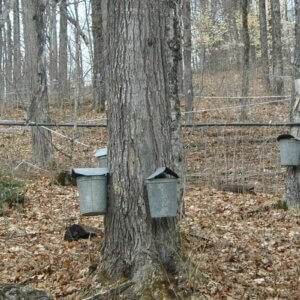|
||||||||||||||||||||||||||||||||||||||||||||||||||||||||||||||||||||||||||||||||||||||||||||||||||||||||||||||||||||||||||||||||||||||||||||||||||||||||||||||||||||||||||||||||||||||||||||||||||||||||||||||||||||||||||||||||||||||||||||||||||||||
Additional menu
Footer
Keep Browsing:

5 Essential Tools for Starting a Coworking Space

How Sunflowers Follow The Sun
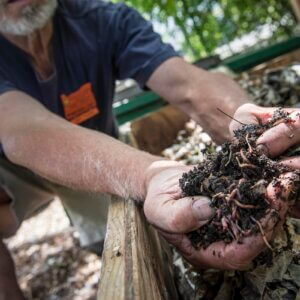
8 Ways to Practice Homesteading While Living in a City
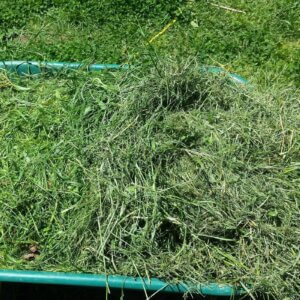
9 Beneficial Uses For Grass Clippings

Homestead Stories: The Poison Garden

5 DIY Composting Toilet Ideas And Details To Consider

What Size Is Best For A Vegetable Garden?

QUIZ: Match The Food With Its Scientific Name

Afghan City Builds DIY Internet Out Of Trash

Fire Pit Tables

Homestead Stories: The Rare Middlemist Red

Organic Shampoo

32,000 Years and Counting: Re-Seeding the World’s Oldest Plant

Fireplace Mantels

10 Basic Cake Decorating Tips For The Perfect DIY Dessert
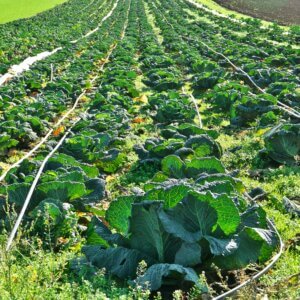
Companion Planting For Cabbage
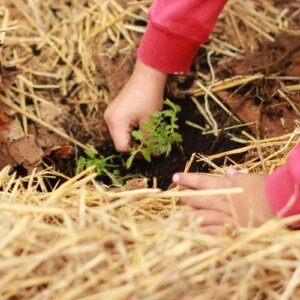
12 Best Plants For Straw Bale Gardening

Tree Cookies

Cork Art

Growing Food From Scraps

Beets: From Growing And Preparing To Canning and Cooking

Earthbag Homes

5 Upcycled Bird Feeders

Homestead Stories: Peonies

12 Garden Tools to Start Spring Right

How to Attract Butterflies to Your Garden

New Garden Resolutions: Mulch, Mulch, Mulch

The Great Transition, Part I: From Fossil Fuels to Renewable Energy

Homestead Stories: The Black Bat Flower

Foraging for Edible Flowers

Biochar

Are There Laws Against Backyard Chickens?
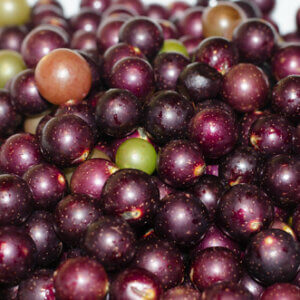
How To Make Muscadine Wine

10 Summer Flowers to Make Your Garden Pop With Color

As Technology Becomes Ever-Present, the “Tech Detox” Movement Gains Steam

Native American Food Plants to Consider

Cardoon Plant

Metal Fire Pits
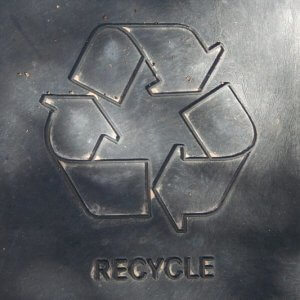
In a Plastic World, Recycling Ain’t What It Used to Be
